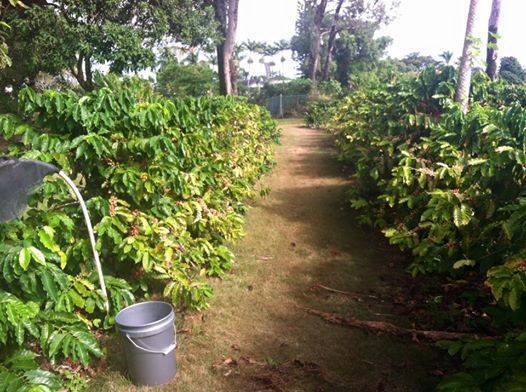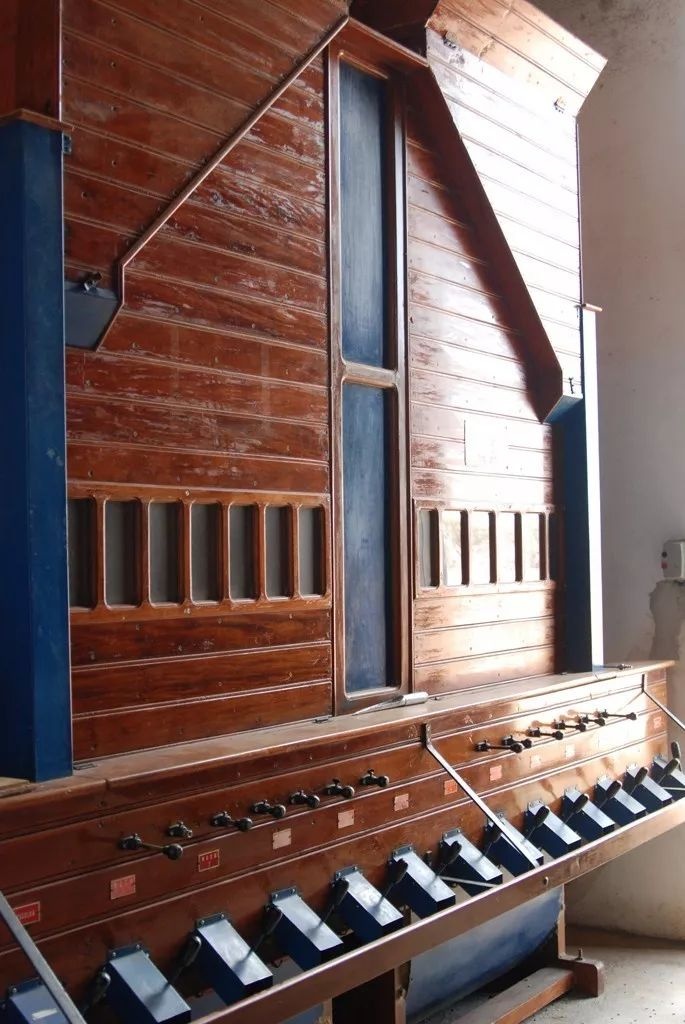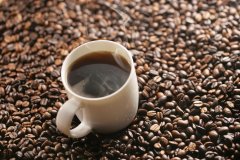Explore the source of the great flavor of Hawaiian Kona coffee Kona Coffee

For professional baristas, please follow the coffee workshop (Wechat official account cafe_style)
What is the link between Hawaii and coffee?
Hawaiian Islands, a group of islands in the north-central Pacific Ocean. The Hawaiian archipelago was also known as the "Sandwich Islands" between 1778 and 1898. Part of Polynesia is an archipelago of 19 larger islands and other small islands, mostly caused by volcanic or coral islands. Located between latitude 19 °and 29 °N, the Tropic of Cancer passes through the archipelago.
Belonging to the Pacific Ocean and Oceania, it is arranged from southeast to northwest, with a total length of 2400 kilometers and an area of 16705 square kilometers. The largest island is the southernmost island of Hawaii, which is commonly known as "Big Island" by locals. The highest point is Mount Penakaia (Mauna kea) 4205 meters above sea level.
This summer, I also visited Hawaii and Ryukyu, two Pacific islands that are very similar to Taiwan's geography. At present, there is still a sense of familiarity and unfamiliar alienation for these two places. Take agricultural products as an example. Walking in Hawaii and Ryukyu, you can easily see sugarcane, bananas, pineapples, and even taros, which are common crops in Taiwan. However, in the three islands, there are also some unique crops unique to various places, such as Hawaiian beans. I believe it is the first impression of many people who have not yet been to Hawaii.
Australian nuts are Hawaiian beans.
The English name of Hawaiian beans is "Macadamia". It is also called macadamia nut because its origin is actually in Australia. It is 2 to 12 Michael's evergreen trees, Hawaiian beans are green seeds that fall from the tree, and the fruit is a hard woody ball with a distinct apex and containing one or two seeds.
Within two days of sitting on the ground, the Hawaiian bean will begin to explode and change color. Within four days, the seeds of Hawaiian beans will burst and turn brown and gray, which is the best stage of Hawaiian bean flavor in these days. If it is placed for too long, the shell will become too black and the nuts will lose their creamy flavor. At this time, it can not be called the top Hawaiian beans.
The third wave of the Coffee Revolution, the manors made their own achievements.
As for "Hawaiian Coffee", in the early days, due to the Japanese pursuit and the successful marketing of Kona producing areas on the island of Hawaii (commonly known as Big Island), most consumers mistook Kona for Hawaiian coffee. In fact, the so-called Kona coffee refers to 100% coffee produced in Kona producing areas. (there is also 10%Kona coffee that mixes coffee beans from 10%Kona producing areas with coffee beans from other regions.)
As a matter of fact, under the third wave of the boutique coffee revolution, coffee farms on various Hawaiian islands have come out of the shadow of "Kona only" one after another, making their own way in the global market.
At present, the common Hawaiian coffee on the market, in addition to the kona district of the Big Island, including Maui, Cafu Island, and lovely Island, all have coffee estates on display. The common Hawaiian coffee includes different varieties such as Typica, Mocca and Catuai.
The most expensive coffee on the market: Kona Coffee
However, Kona Coffee is still one of the most expensive coffee on the market, and according to Hawaiian Agriculture Department regulations, coffee can only be called Kona Coffee on the slopes of Hualalai and Mauna Loa in Big Island, Kona. Hawaiian sunny mornings, cloudy and rainy afternoons, light breezes and mild nights, coupled with mineral-rich volcanic soil, give it a special flavor.
Kona Coffee can be divided into two categories: Type I (flat bean) and Type II pill bean (Peaberry).
According to the size, water content and purity of bean seeds, Type 1 is divided into 'Kona Extra Fancy',' Kona Fancy', 'Kona Number 1,' Kona Select', and 'Kona Prime'; Type II Kona coffee are divided into' Peaberry Number 1 'and' Peaberry Prime';, and a lower grade of 'Number 3' is not called Kona Coffee.
Kona Coffee's biggest threat in recent years comes from pests caused by the coffee pulp borer (Hypothenemus hampei). In late November 2010, the Hawaiian Department of Agriculture announced that all raw beans must be fumigated with methane bromide or another six-step procedure before leaving the island.
I'm afraid there will be huge fluctuations in the output and price of coffee in Kona producing areas in the future. Because of this, coffee farmers in lovely Island, Cafu Island and Maui Island have gradually emerged in the past two years.
Through Peter's local point of view, I hope to go through the silver bullet offensive of Japanese bean merchants and lead us to explore the coffee flavor of the Hawaiian islands, especially the direct dialogue with the local micro-farms to enjoy the unique coffee flavor. The operational experience of CSA (community-supported agriculture) developed in the past few years seems to be just right in this place.
Note: the photo is Peter's coffee garden, this time is too hasty to visit, next time, be sure to play the game of picking beans in person.
(information about Kona Coffee is from Wikipedia and the Hawaiian Department of Agriculture.)
Important Notice :
前街咖啡 FrontStreet Coffee has moved to new addredd:
FrontStreet Coffee Address: 315,Donghua East Road,GuangZhou
Tel:020 38364473
- Prev

Royal Coffee Raw Bean Archives| Roasters, buyers and producers
The final step in the coffee drying plant is the final sorting of the green coffee beans according to the mesh size and then bagging for export. The machine for sorting coffee mesh is very large and divided into several layers, each of which is slightly inclined downward. When coffee enters the machine, the machine starts to vibrate, and the green coffee beans of different sizes are sifted out by gravity. the workers are
- Next

Unique flavor of Colombian coffee characteristics of Colombian coffee
Colombian coffee has a silky taste. Colombian coffee is equated with high quality and good taste. It is sweet in acid, low in bitterness, rich in nutrition, with a unique sour and mellow taste, and the sour, bitter and sweet flavors of Colombian super coffee match well. Unique fragrance, after drinking, the aroma fills the whole mouth. Put the aroma in the mouth
Related
- Detailed explanation of Jadeite planting Land in Panamanian Jadeite Manor introduction to the grading system of Jadeite competitive bidding, Red bid, Green bid and Rose Summer
- Story of Coffee planting in Brenka region of Costa Rica Stonehenge Manor anaerobic heavy honey treatment of flavor mouth
- What's on the barrel of Blue Mountain Coffee beans?
- Can American coffee also pull flowers? How to use hot American style to pull out a good-looking pattern?
- Can you make a cold extract with coffee beans? What is the right proportion for cold-extracted coffee formula?
- Indonesian PWN Gold Mandrine Coffee Origin Features Flavor How to Chong? Mandolin coffee is American.
- A brief introduction to the flavor characteristics of Brazilian yellow bourbon coffee beans
- What is the effect of different water quality on the flavor of cold-extracted coffee? What kind of water is best for brewing coffee?
- Why do you think of Rose Summer whenever you mention Panamanian coffee?
- Introduction to the characteristics of authentic blue mountain coffee bean producing areas? What is the CIB Coffee Authority in Jamaica?

